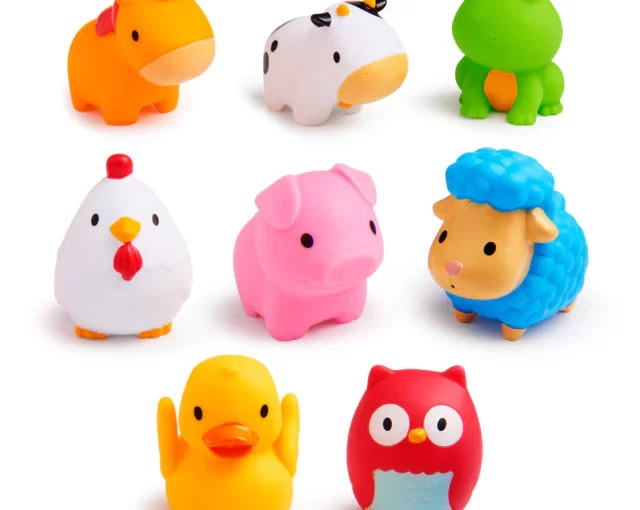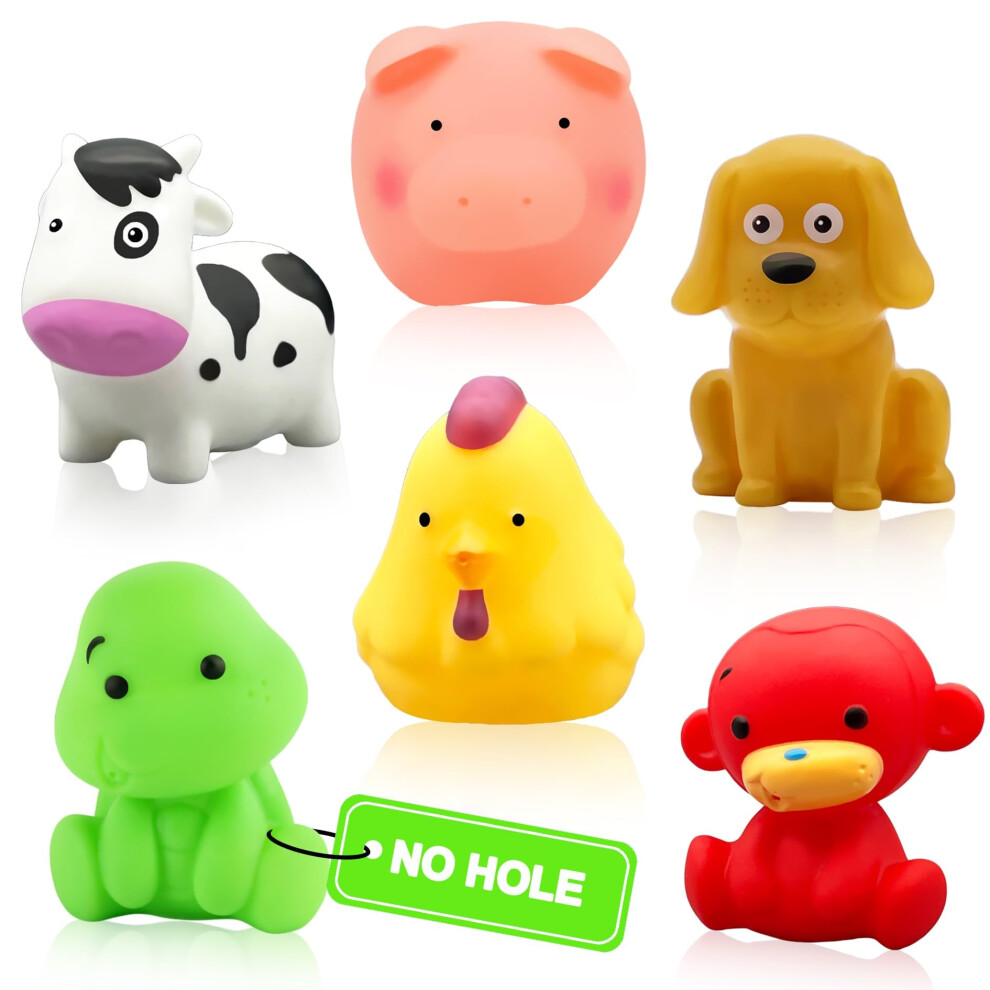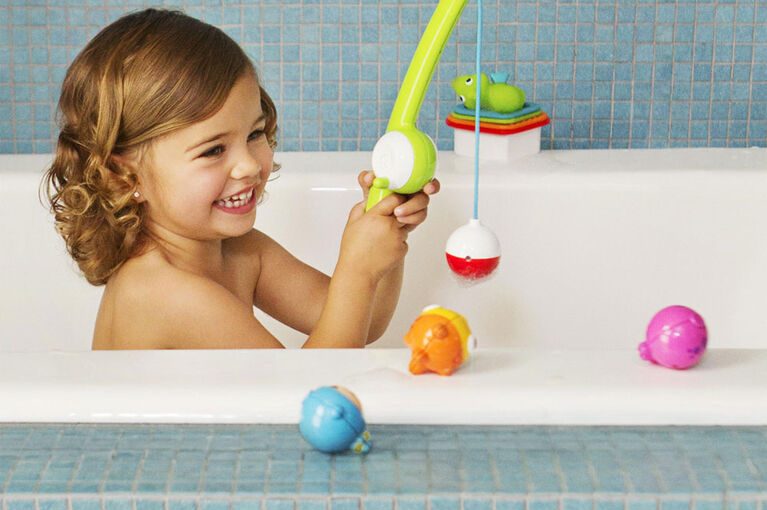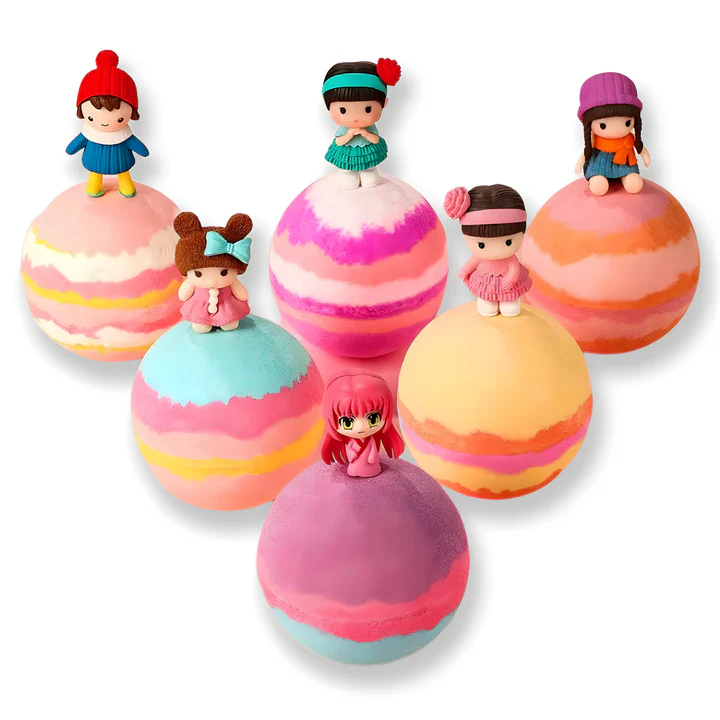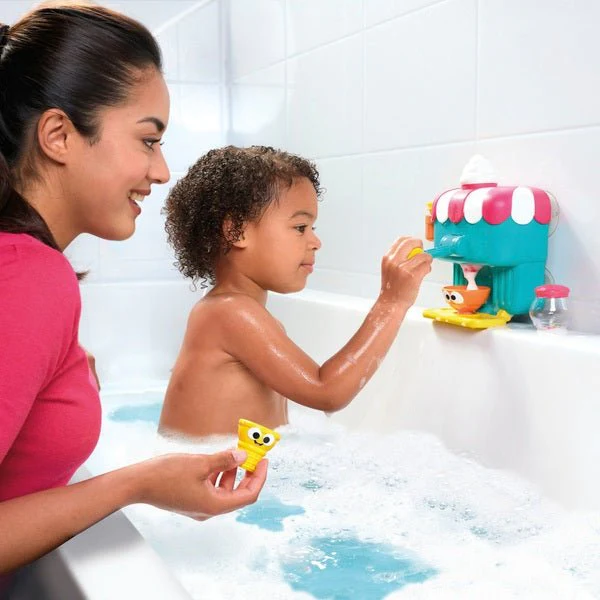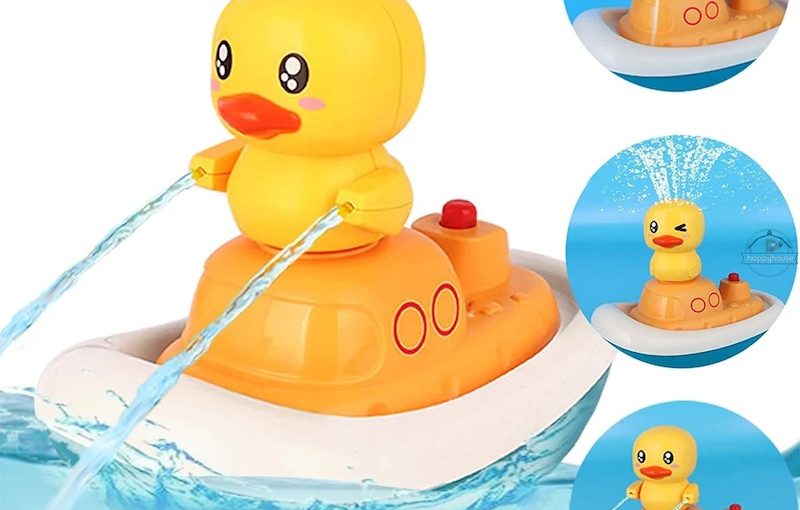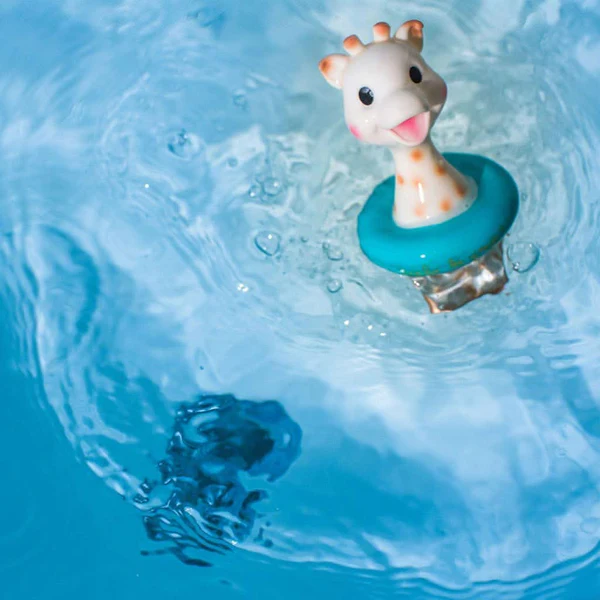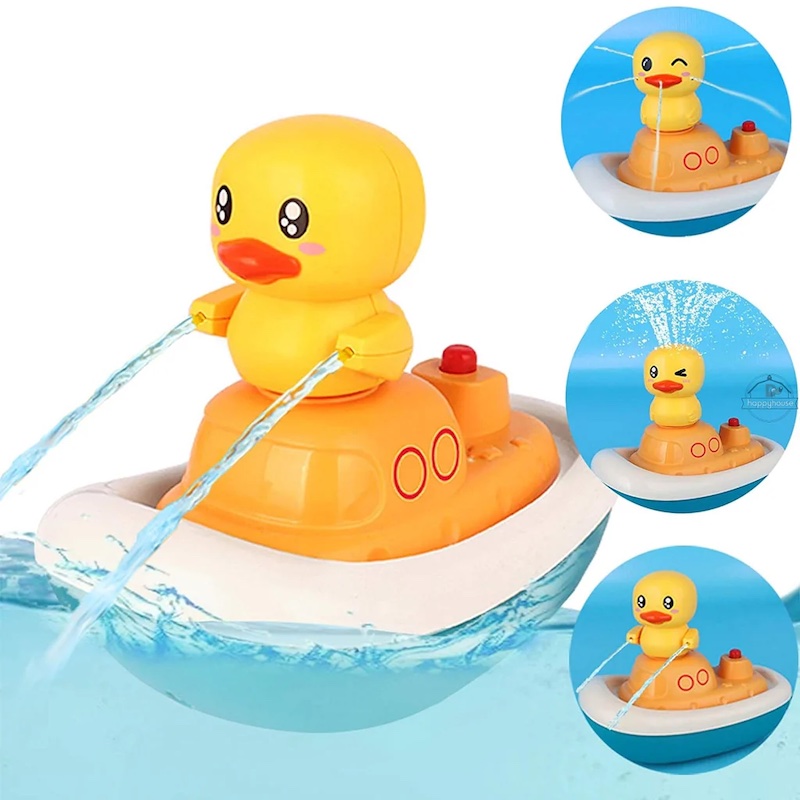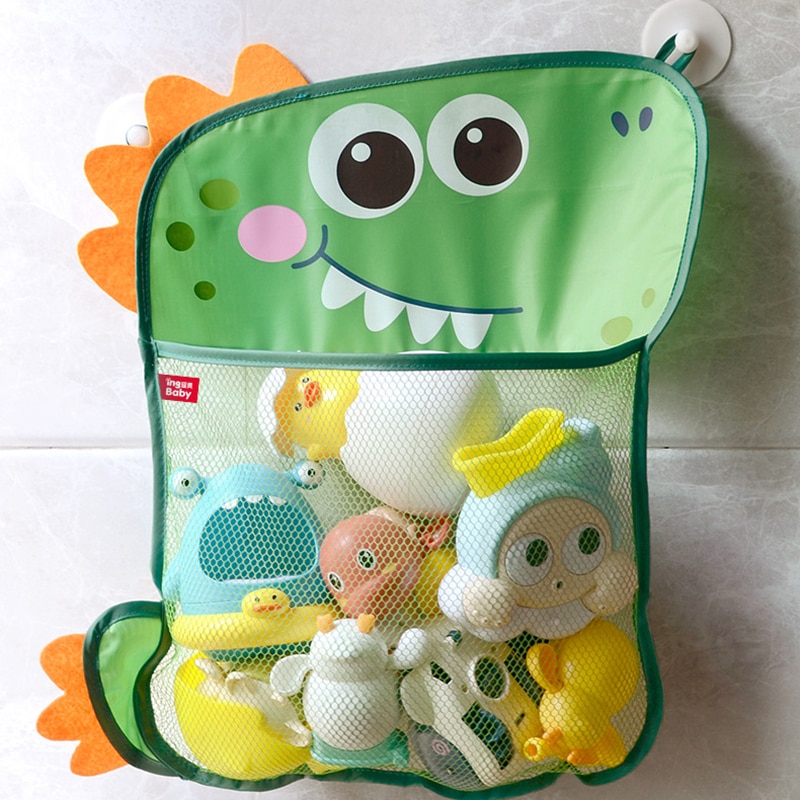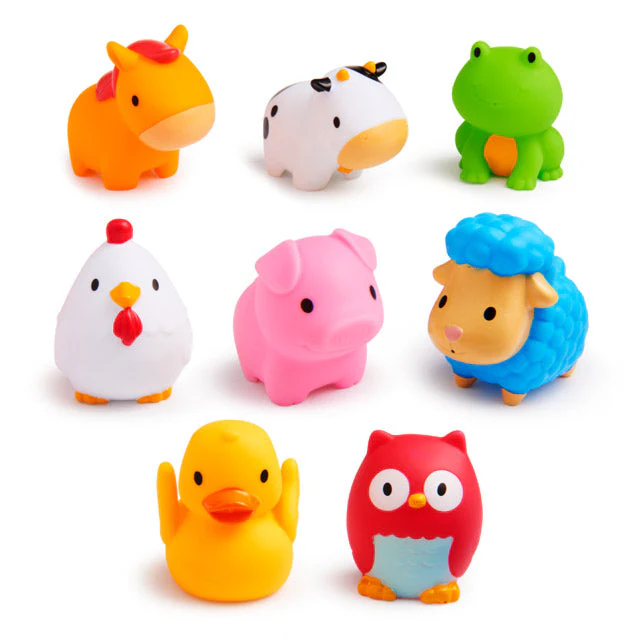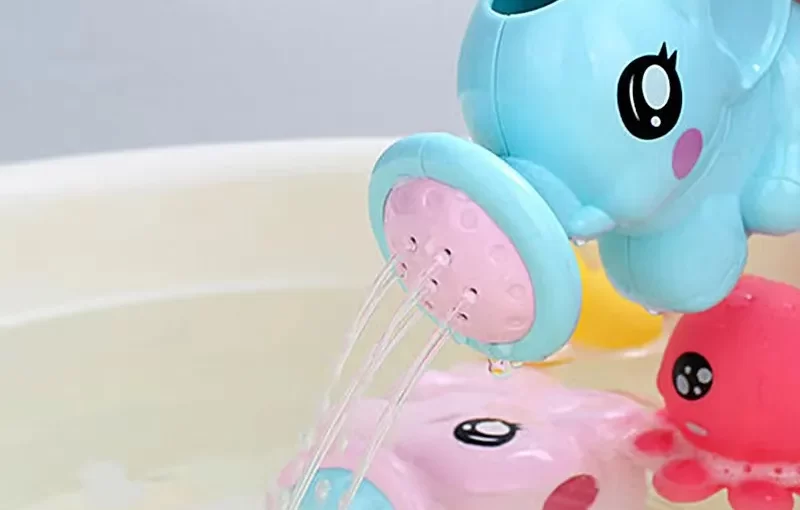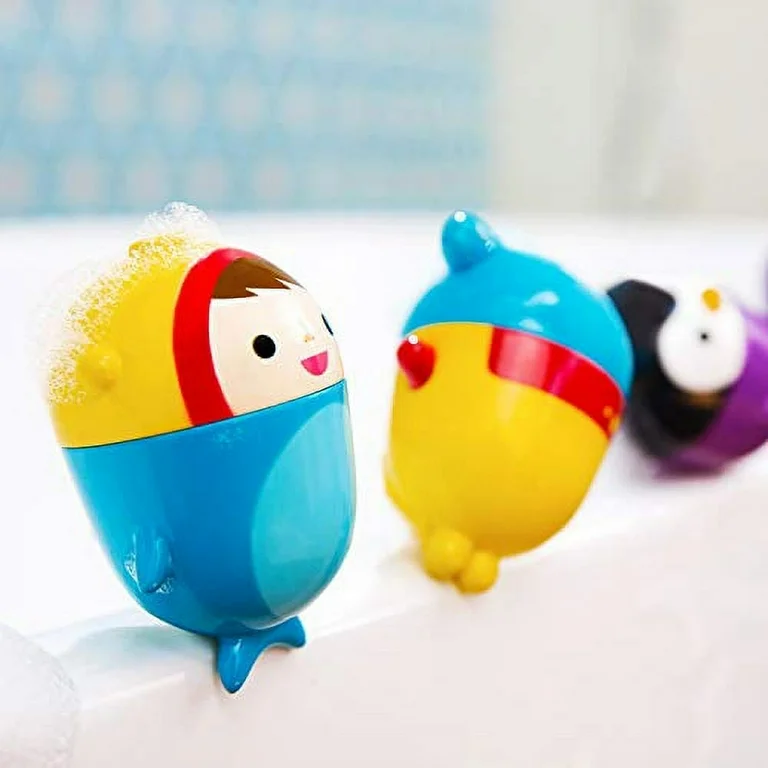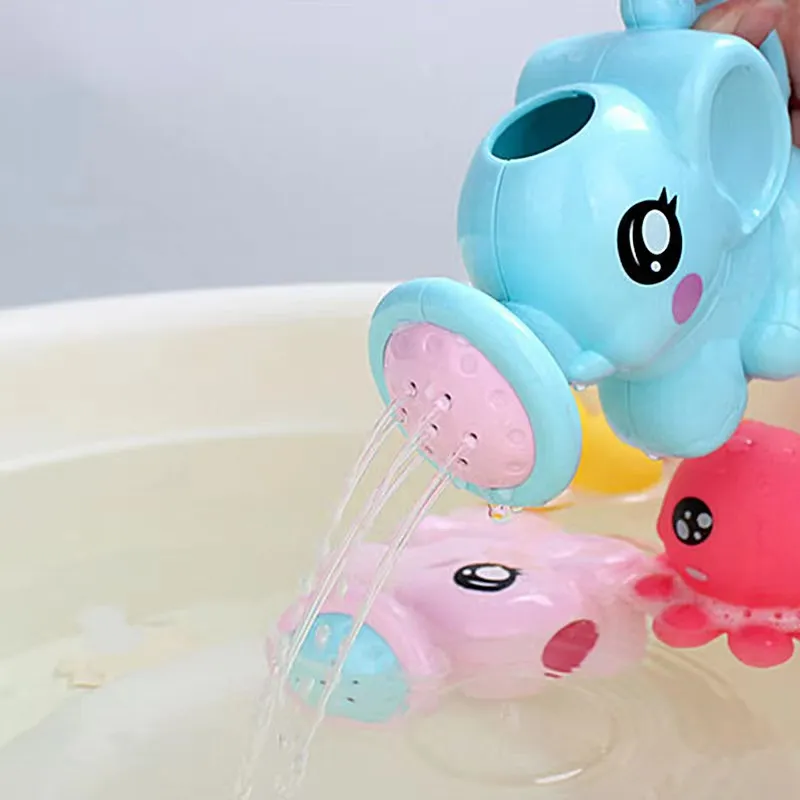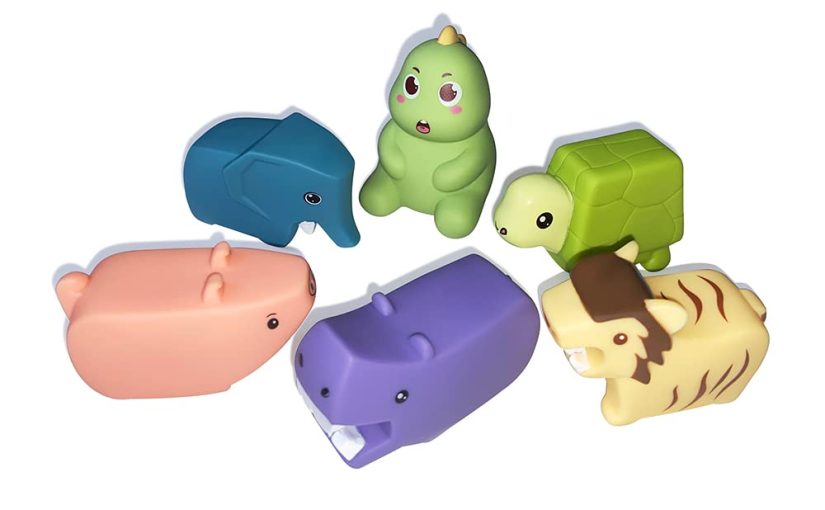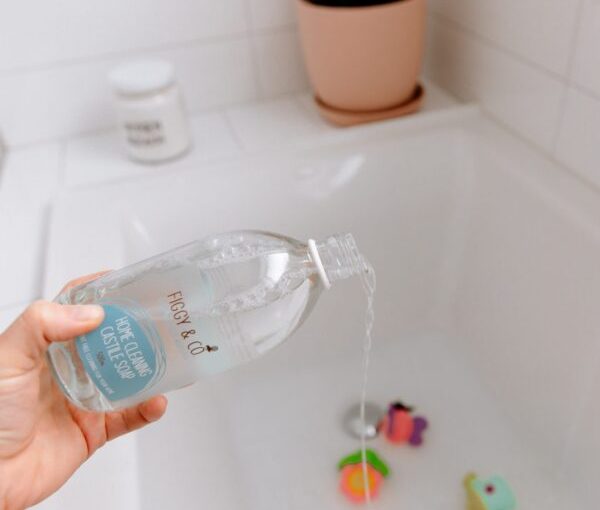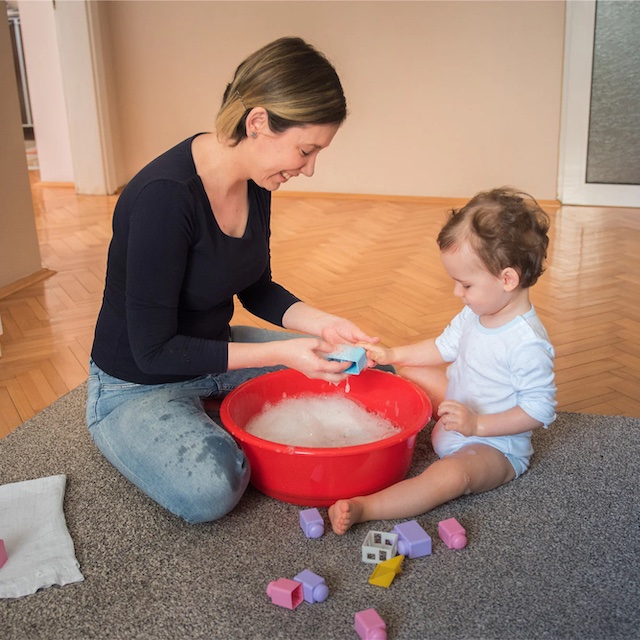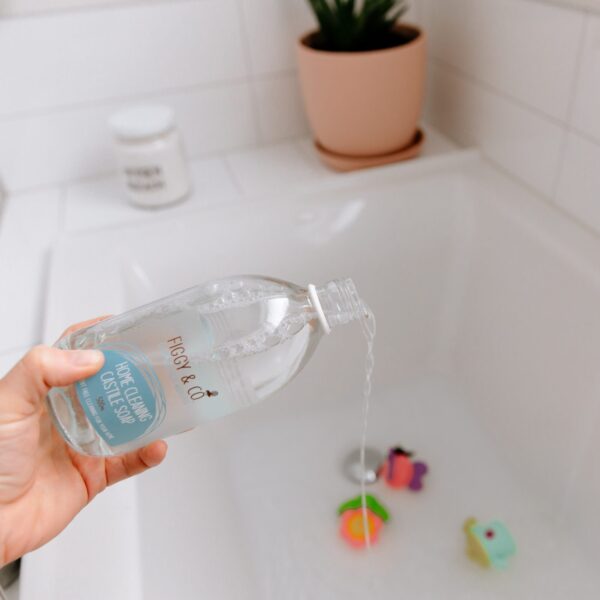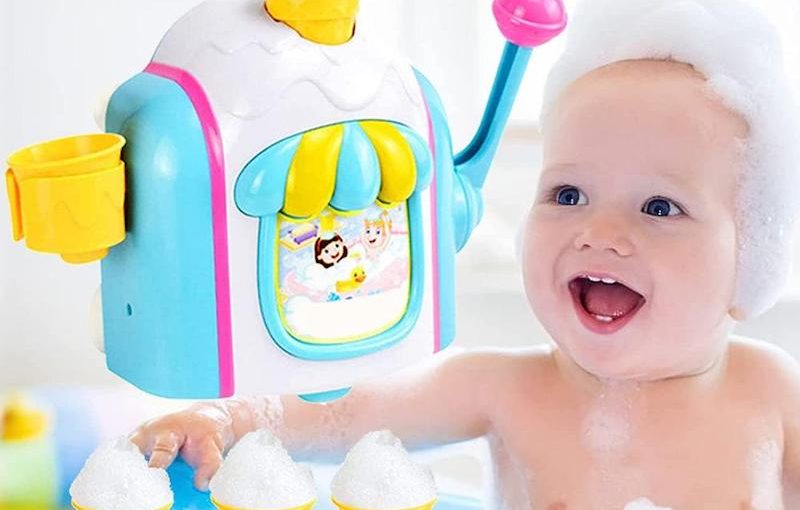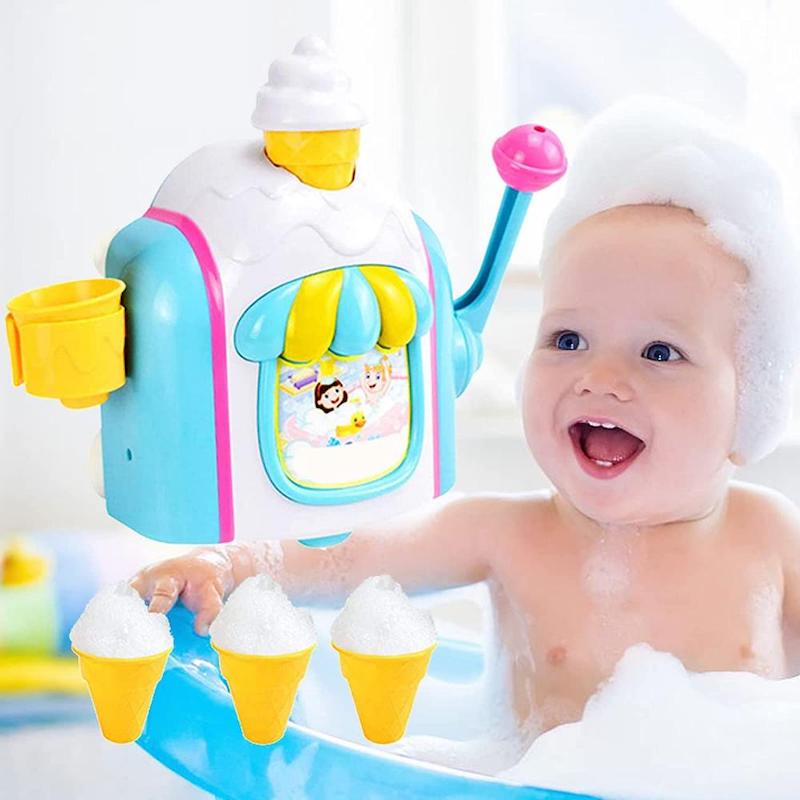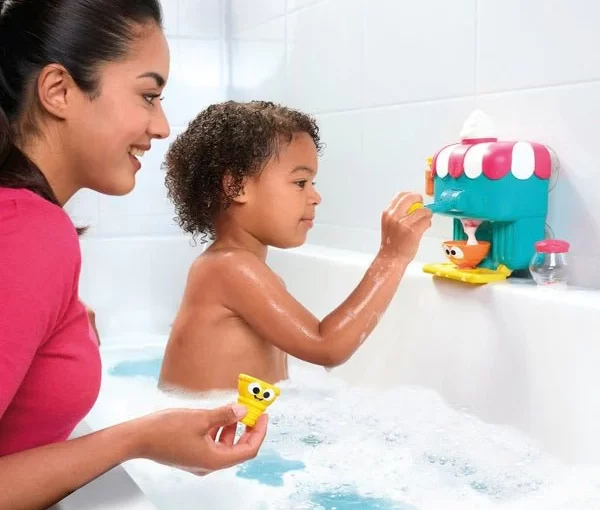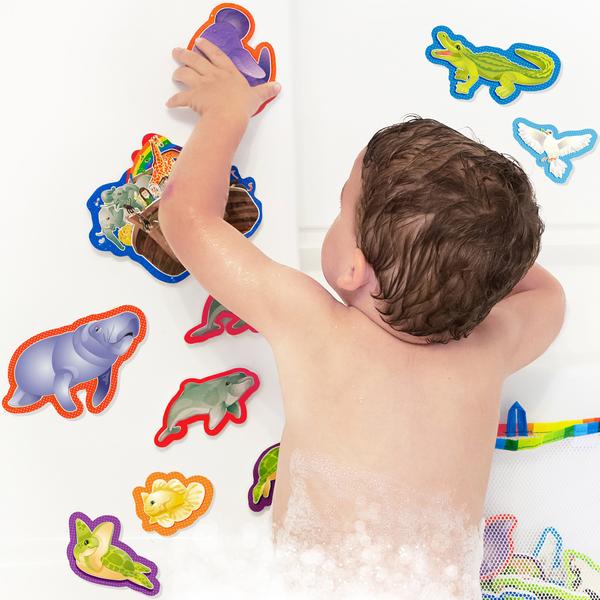The Importance of No Hole Bath Toys
Bath time can be fun and educational for children. However, traditional bath toys with holes can trap water inside. This trapped water becomes a breeding ground for mold and mildew. Over time, these can become a health hazard for young children. No hole bath toys are thus crucial. They have a solid design without punctures. This means water can’t seep in, ensuring they stay dry and mold-free. For parents, this is reassuring. It reduces health risks and means less time spent on toy maintenance. These toys are often made from durable materials. This extends their lifespan and provides better value for money. In short, no hole bath toys ensure a safer, cleaner, and more enjoyable bath experience for kids.
Types of No Hole Bath Toys
Selecting the right type of no hole bath toys can add to the fun of bath time without the worry of mold and mildew. Different types come with different shapes, colors, and functions, each designed to offer not just fun but also an educational aspect to bath time. Here’s a look at various types available on the market:
- Rubber Duckies: The classic rubber ducky now comes in a no-hole version. It floats on water and is easy to grab, making it a perfect companion for your little ones during bath time.
- Foam Toys: Made from soft, water-resistant foam, these toys stick to the sides of the tub when wet. They come in alphabets, numbers, and shapes, helping children to learn as they play.
- Silicone Animals: Soft to the touch and flexible, silicone bath toys in the shapes of animals offer a sensory experience and are a safe, durable option for babies and toddlers.
- Plastic Boats and Ships: No hole plastic boats and ships are great for imaginative play. They can sail across the bath without taking in water.
- Squirt-Free Bath Figurines: These toys, designed to look like characters or animals, are similar to squirt toys but with the added benefit of having no holes to suck in water and harbor mold.
- Bath Puzzles and Boards: Made with waterproof materials, these educational toys can promote cognitive development and hand-eye coordination.
- Floating Blocks: Unlike traditional blocks, these are designed to float on water and are made from mold-resistant materials. They can help in developing motor skills.
Choosing from these types of no hole bath toys ensures that children can have a varied and stimulating bath time experience, without the risks associated with traditional bath toys. When integrating these toys into bath time, you not only provide a safe environment but also a learning playground for young minds.
Benefits of Mold-Free Bath Toys
Using no hole bath toys offers many benefits for children and parents alike. By choosing these types of toys, the bath time routine transforms into not only a fun activity but also a much safer one. Let’s explore some of these key benefits:
- Promotes Hygiene: Mold-free toys mean fewer germs in the bathwater and on the toys. This promotes a hygienic play environment for kids.
- Reduces Health Risks: No holes in toys prevent the growth of mold and bacteria. This reduces the risk of respiratory issues or skin irritations for children.
- Ease of Cleaning: Without tiny crevices for dirt and soap to accumulate, no hole bath toys are easier to clean.
- Durability: Toys without holes tend to last longer. They do not degrade from moisture and mold inside, conserving their shape and color.
- Peace of Mind: Parents can relax knowing their children are playing with safe, mold-free toys. This peace of mind is invaluable.
- Engages Children’s Sensory Development: Many mold-free toys are designed to stimulate the senses with bright colors and varied textures.
- Eco-Friendly Options: No hole bath toys often come in sustainable materials. They reduce environmental impact compared to their mold-prone counterparts.
- Enhances Learning: Like foam toys that stick to the tub, these toys can enhance cognitive skills and motor development during bath play.
Offering a healthier alternative to traditional bath toys, no hole bath toys not only align with good housekeeping practices but also with the overall well-being of children.
Safety Considerations When Choosing Bath Toys
When selecting bath toys for children, safety is the top priority. It’s important to keep several considerations in mind to ensure that kids can play without any risks. Here are essential safety tips for choosing bath toys:
- Check for Non-Toxic Materials: Always read the labels to confirm that the bath toys are free from harmful chemicals like BPA, phthalates, and PVC.
- Consider Age Appropriateness: Make sure to pick toys that are suitable for your child’s age. Small parts can be a choking hazard for young children.
- Inspect for Sharp Edges: Toys should be free of any sharp edges or points that could injure a child during the bath.
- Opt for Mold-Resistant Materials: No hole bath toys are a great choice as they prevent water retention, which can lead to mold growth.
- Easy to Clean: Choose toys that are simple to clean. No hole bath toys usually require less scrubbing and are more hygienic.
- Safety Standards: Look for toys that meet safety standards and have passed safety tests. They are more likely to be secure for children.
By keeping these safety considerations in mind, parents can provide a secure and enjoyable bathing environment for their children. No hole bath toys are an excellent way to reduce health risks and increase the safety of playtime in the tub.
Top No Hole Bath Toys Recommendations
When it comes to keeping bath time safe and enjoyable, picking the right toys is key. Here are the top no hole bath toys that parents and kids love:
- Silicone Squeeze Toys: These toys come in various fun shapes and colors, offering a safe way for kids to play without the risk of mold.
- Floating Play Mats: These large foam mats provide a surface for children to play with other toys, and they’re easy to dry after use.
- Bath Buckets and Cups: Designed without holes, they’re perfect for pouring and splashing but won’t hold water that can breed mold.
- Animal Shape Floaties: Often made of rubber or silicone, these cute animals float on water and are a hit with kids.
- Waterproof Books: Bath time can be learning time with floating waterproof books that are both educational and entertaining.
- Bath-safe Building Blocks: Just like their dry-land counterparts, these blocks can stack and float but are made from materials that won’t trap water.
- Magnetic Fishing Sets: These come with a rod and floating fish, ensuring fun fishing adventures without any mold concerns.
These recommendations focus on no hole bath toys that are safe, durable, and fun for children. Each toy listed encourages playful learning and development without the hassle of mold cleanup. For parents, these choices provide ease of mind by promoting good hygiene and safety during bath time. Remember to keep the keywords in mind, ensuring no hole options are at the forefront of your selections to maintain a mold-free play environment.
How to Clean and Maintain No Hole Bath Toys
Ensuring your children’s bath toys remain clean and well-maintained is crucial for their longevity and safety. No hole bath toys are generally easier to keep in tip-top condition compared to their holed counterparts due to their solid design. However, they still require regular cleaning and care. Here are simple steps to help you keep these toys mold-free and safe:
- Wipe After Use: Gently wipe toys with a clean towel after each bath to remove excess moisture.
- Soak in Warm Water: Occasionally soak the toys in warm, soapy water. This dissolves any residual dirt.
- Use Vinegar: For a deeper clean, mix equal parts of white vinegar and water. Immerse the toys to naturally disinfect them.
- Dry Thoroughly: Ensure toys are completely dry before storing them. Leave them out on a towel until no moisture remains.
- Avoid Harsh Chemicals: Steer clear of strong cleaning agents. They can wear down the toy material over time.
- Regular Inspection: Check toys often for any wear and tear. Replace as necessary to keep playtime safe.
- Proper Storage: Keep no hole bath toys in a dry, ventilated area. This prevents humidity from affecting them.
By incorporating these easy-to-follow maintenance routines, your no hole bath toys can provide endless fun without the worry of mold. Regular upkeep also contributes to a hygienic bathing environment, keeping your little ones healthy and happy.
Alternative Solutions for Preventing Mold in Bath Toys
While no hole bath toys are the best option for preventing mold, there are additional strategies to keep bath toys clean and safe. Here are alternative solutions:
- Dry Toys Completely: After bath time, ensure all toys are fully dry. Shake off water and dry each toy with a towel.
- Store Toys Properly: Keep toys in a well-ventilated area. Use a toy net or storage basket with holes to allow air flow.
- Regular Cleaning: Clean toys regularly with hot soapy water. Scrub and rinse well to remove any soap residue.
- Natural Solutions: Use natural cleaning agents like vinegar. Mix with water for an effective, non-toxic cleaner.
- Sunlight: Let toys dry in the sunlight. The sun’s UV rays help kill germs and dry toys quickly.
- Boil Toys: Some toys can be boiled for a short time. This kills germs without harsh chemicals.
- Freeze Toys: Freezing toys can kill mold spores. Place toys in the freezer once a week before thawing and using again.
- Rotate Toys: Have a set of toys for rotation. This gives time for each toy to dry out completely between uses.
By following these simple methods, you can minimize mold growth in any bath toy. Keep these tips in mind alongside the choice of no hole bath toys for a safe and enjoyable bath time.
Where to Buy Quality No Hole Bath Toys
Finding the right place to buy quality no hole bath toys is important. Here are some suggestions:
- Online Retailers: Websites like Amazon and eBay offer a wide range of options. Be sure to check reviews and ratings before purchasing.
- Kids’ Stores: Specialty children’s stores often carry high-quality toys including mold-free options. Check local shops in your area.
- Department Stores: Stores like Target and Walmart have various bath toy selections. Look for the ‘no hole’ labels on packaging.
- Eco-Friendly Shops: For sustainable options, seek out eco-friendly retailers. They usually stock toys made from safe, non-toxic materials.
- Parenting Forums: Online communities of parents can provide personal recommendations. Plus, you might find second-hand options in good condition.
- Toy Brands’ Websites: Buying directly from the manufacturer can ensure authenticity. Brands like Green Toys and Nuby have online stores.
- Educational Suppliers: Companies that specialize in educational materials may offer bath toys that are safe and stimulating for brain development.
- Health and Wellness Stores: Shops focusing on health may provide bath toys free from harmful chemicals.
- Local Markets: Sometimes, local artisans and markets have unique, high-quality toys not found elsewhere.
Remember to always verify the quality and check for safety certifications when shopping for no hole bath toys. This ensures your child’s playtime is both safe and enjoyable.
